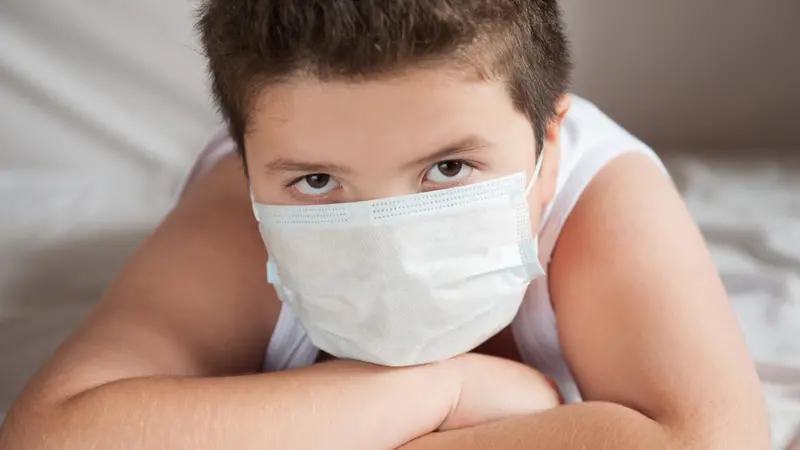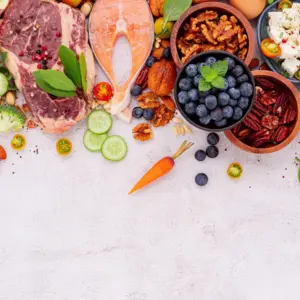

COVID-19

COVID-19
Childhood Obesity Worsening during Pandemic
Even before the COVID-19 pandemic arrived in the US, childhood obesity was at an all-time high, affecting 19% of American children. Experts believe this crisis has likely worsened, as many students switched to remote learning.
Research has shown that American children tend to gain weight when they’re out of school in the summer. With the pandemic, many children were out of school for ten months or more, which meant less physical activity and poorer diets for many.
Pediatricians across the country have noticed their patients’ weight climbing. One doctor from Portland, Oregon, estimated one-third of her young patients have become overweight or obese since schools closed last March, and another from Minneapolis said children at her clinic are frequently weighing in 10 or 20 pounds more than last year.
Experts predict this trend will take a significant toll on the long-term health of school-aged children, placing them at higher risk for chronic conditions such as diabetes and hypertension. One longitudinal study found that 67% of kids who are obese at age five will be obese at age 50, and 90% of obese teens will be obese at age 50. Joseph Workman, a sociologist and expert on educational inequality at the University of Missouri, says the pandemic is “taking what’s already considered a crisis of childhood obesity and making it worse.”
Prior to the pandemic, school lunches were among the healthiest meals many children ate, thanks to nutrition standards enacted during the Obama administration. The school closures of the past year required urgent action to find new ways to deliver meals to the many low-income children who rely on school lunches. To facilitate this, the US Department of Agriculture issued emergency waivers to loosen nutritional requirements through June 2021.
This change has enabled the school lunch program to continue during an unprecedented period but has meant the quality of meals has worsened. Schools have had to resort to meals that are easier to package and transport, often replacing fresh produce with shelf-stable or frozen processed foods, often with high salt and sugar content. Erin Hager, a nutritional epidemiologist at the University of Maryland, says “We can’t just sit back and see what happens when these kids turn 30 or 40 years old. We may need to act fast to address this.”
REFERENCES
Bloch, S. (2021, January 19). The childhood obesity crisis started before COVID-19. The pandemic has made it much worse. The Counter. https://thecounter.org/covid-19-childhood-obesity-health-school-lunch-crisis/?


 By
By



